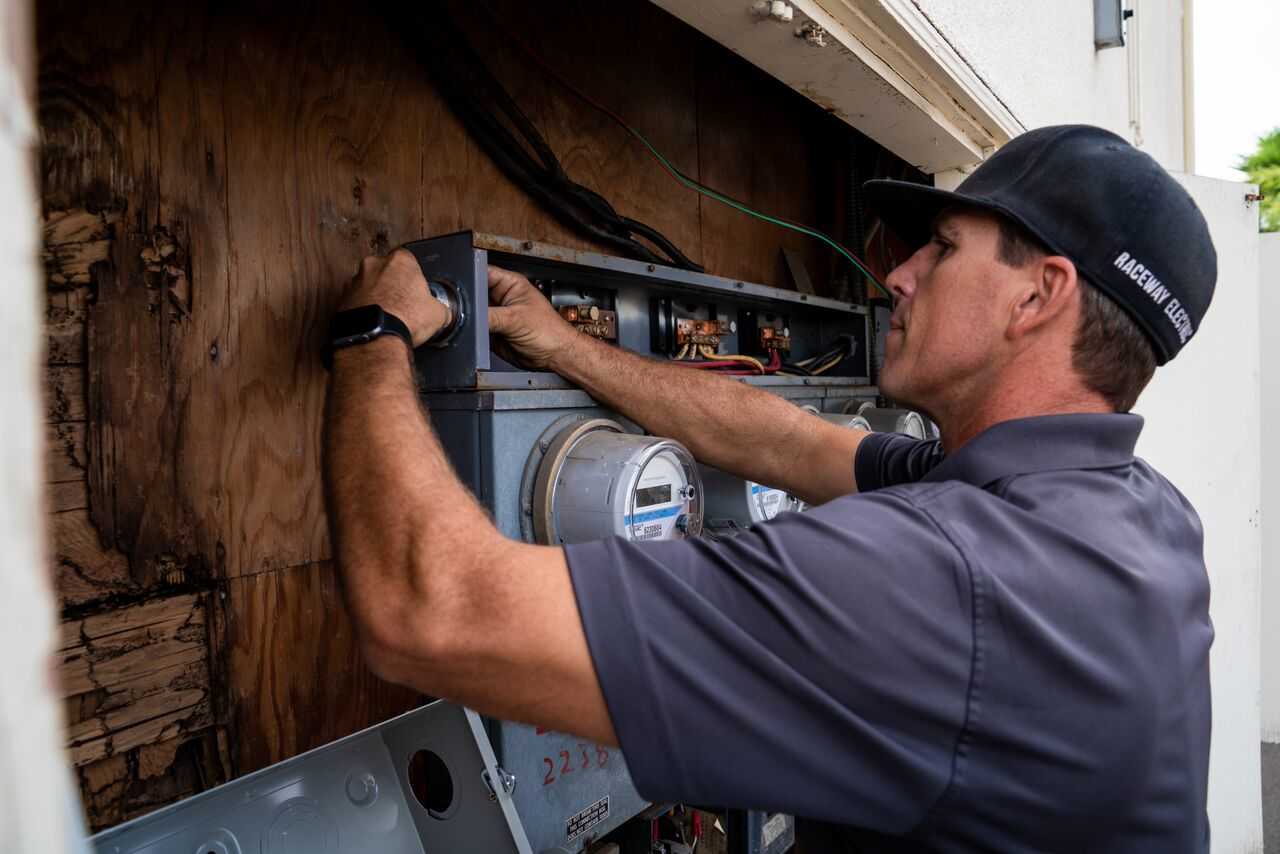No matter their strengths, associations—like people—are always at risk. Some dangers are so blatant they dare being ignored. But others, far less obvious, cause untold, and even fatal, damage to eat away and undermine an association’s best efforts. Their work is insidious and relentless, going unnoticed until it’s too late. And it all happens without anyone breaking a sweat.
Even so, there are clear, but unseen, indicators that an association is in trouble. Here are nine to consider:
- Wanting to believe everything is going great. Association people don’t like bad news. They reject it as they would an unwanted solicitor. And then they quickly add, “I want to be around positive people.”Jim Holt comes close to the truth in his review of Chuck Kloserman’s book, But What If We’re Wrong. Holt states, “Most of what we believe is likely to be wrong.” If that’s true, then doubt, not certainty, is the only positive action.
- Ignoring details. A lack of productivity imperils associations, caused by the extraordinary amount of time that’s lost by following up on what’s being ignored. We assume that someone will come along and clean up our mess.But that’s not the Apple way, as Michael Gartenberg discovered on his first day there. He sent someone an email. “I got it back, and at the end of it, it said, ‘P.S. spelling counts here.’” Gartenberg had typed “the” as “hte.’”
The way we view details reveals how we regard others and what we view as important.
- Decisions based on the leader’s opinions. Many association leaders and managers believe it’s their role to be Decider-in-Chief. They have firm—cast in concrete—opinions on everything. Research, surveys, studies, facts, knowledge, and the experience of others don’t count. They proudly trust their gut.Employees learn quickly that discussion is useless, and new ideas are on an “Unwanted List.” It’s a perfect way to strangle a business.
- Poor planning. Sure, it’s fun to talk about wow ideas. They create excitement and lots of energy, but little or no action, even though that’s what makes a difference. Everyone goes away and nothing happens. It’s the same the next time.To keep an association on track and growing, there’s only one question that gets the wheels moving, that generates fire, not smoke. There’s only one question that gets results: “Who’s going to do what, why, and when?” Nothing else matters. It’s nailed down. No loose ends. Some call it taking responsibility, while for others it’s accountability. It’s all the same; it’s what it’s all about.
- Data blindness. When asked why his insurance agency couldn’t launch an eNewsletter for its clients and prospects, the principal, a smart client-oriented and capable underwriter, said, “We can’t do it until we get our database straightened out.” He’s not alone. Good businesses fall behind and others die or merge because they’re gridlocked, unable to develop and implement an effective plan to gather the information they need.Too many associations also suffer from the debilitating case of data blindness, the inability to recognize that their survival depends on the accuracy and completeness of updated, relevant, reliable, and accessible information.
- Failure to adapt to customer behavior. After launching its Nest Cam, the company found that many customers were pointing them out the window to keep track of what was going on, according to IoT Daily’s Chuck Martin. Rather than letting a competitor run with the idea, they launched a weatherproof outdoor version to solve the problem.Unfortunately, in some associations, “Maybe we should wait and see what happens” is the common reaction, which is followed by “Why didn’t we do that?” after it’s too late.
- A confusing culture. It seems to happen at entrepreneurial-type associations where management is highly motivated and hard driving. Along with it is a laissez faire attitude that everyone can be left alone and they will automatically do their job. When that doesn’t happen, there’s disappointment that people didn’t live up to the challenge.Instead of setting people in a direction with agreed upon expectations, they are set adrift. And all the while, those people think they’re doing what’s required. A confusing culture causes havoc.
- Failure to educate. A recent American Consumer Satisfaction Index indicates that consumers view Facebook, Twitter, and LinkedIn “more negatively” than in past years. It set off alarms at Twitter. The company found 90% of people worldwide know the Twitter name, but only those who use it get what it’s all about, a 40-point gap. Twitter now has a campaign to educate people on how the platform works and the benefits of using it.Associations face the same problem. Satisfied to drink their own Kool-Aid, they fail, often miserably, at telling their story consistently. And it always catches up with them.
- Misunderstanding branding. The usual focus of branding is a logo and a tagline. Yet, as one mother reminded her son, “Clothes don’t make the man.” And a new logo and a tagline don’t make a brand. That’s just putting on a new suit.Branding is about questions: Why are we doing this? What do we value, and how do we show it? Who are our members? Who are our customers? What do we offer them that makes a difference? What sets us apart from our competitors? The answers to these questions are the brand.
Messing up an association is easy. It doesn’t take effort. There’s no need to break into a sweat. It occurs without taking notice, even though the signs are all along the road.
We should never drink our own Kool-Aid. It puts us to sleep. But the anecdote is simple: Always worry. Look over your shoulder. Never get comfortable.














Find Us on Socials